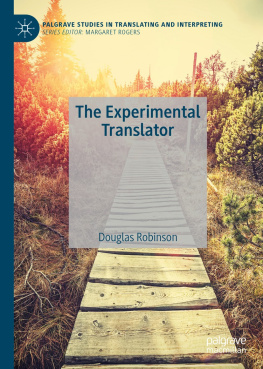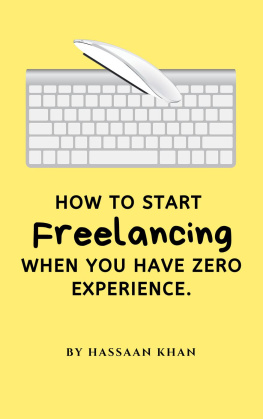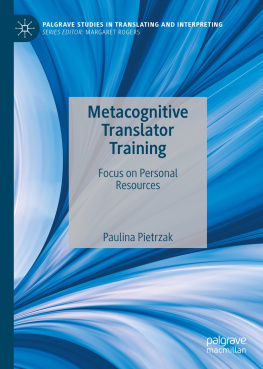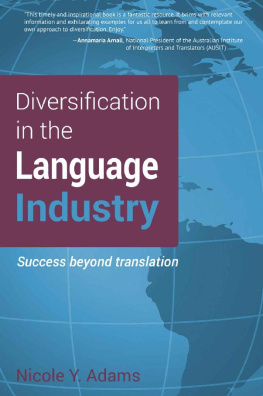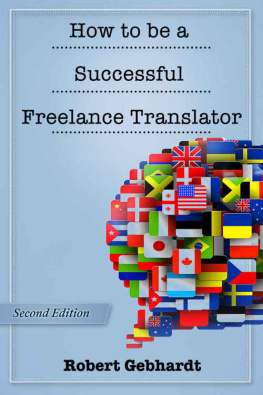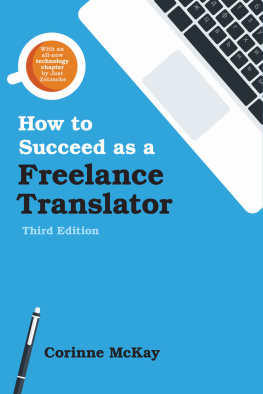Are youthinking of becoming a Freelance Translator? In this guide you willfind information and tips to help you start and improve yourfreelance career.
Why FreelanceTranslation?
If you have apassion for languages and can speak at least two of them fluently(one of them being your native language), a career in translationmight just be for you.
Freelancing isa great gig for people who know how to do it right: being your ownboss, not having to go to the office every day, and deciding whichjobs you take on are some of the perks of being a freelancetranslator.
Freelancetranslation can be one of the truly location-independent careersyou could have
Financially,when approached as a business and done properly, it can belucrative and requires little upfront investment.
Also, it givesyou the chance to be somewhat creative to what degree will bedictated by your specialisation, field and industry.
Uncertainpaycheques, fierce competition, difficult clients and crazydeadlines are some disadvantages, but for many people its a worthytrade-off.
Still want tobe a translator? Read on!
Why thisguide?
Although thereare a lot of articles online about translation, we wanted tocombine a great deal of information into one easy-to-follow guidewith practical tips on how to become a freelance translator.
The guide isdivided in three parts:
In the Beginnersection you will find information about the translation industry,the answer to commonly asked questions, and information abouteducational requirements and credentials including answeringquestions like: where do I start, which language should I learn,whats the career path?
TheIntermediate section is where we show you how to go freelance,including tips on how to set up your business, acquire clients, setyour rates and stand out from the crowd.
The Advancedsection is for translators who are already freelancing and wouldlike to earn more, be more organised, hack the system as coolkids nowadays say, and basically take their career to the nextlevel.
This guide hasbeen ambitiously called the definitive guide to freelancetranslation because thats what it aims to be. We will be addingnew information, resources and tips as and when we come acrossthem.
If you wouldlike us to cover anything else, let us know atweb@translatemedia.com.
CHAPTER 1 TheTranslation Industry
Overview
If you areconsidering becoming a freelance translator, it helps to understandthe current state of the translation industry, how it is organised,and where it is heading.
Size of theindustry
According torecent studies from Common Sense Advisory, the translation industryis estimated to be worth over $33.5 billion globally.
The revenue issplit as follows:
Europe 49.38%
North America34.85%
Asia 12.88%y
Oceania 2.00%
Latin America 0.63%
Africa 0.27%
The latestestimate: in 2015 the global market is expected to be worth $47.3billion, a rise of over 40% compared to 2012.
A few topagencies control the majority of the market, and the rest is madeup of tens of thousands of LSPs (Language Service Providers),typically small-medium sized agencies and freelancetranslators.
It is estimatedthat there are around 640,000 translators in the world (source:Translators Association of China (TAC), a quarter of whom arefreelancers. Generally, barriers to entry are low, and competitionis extremely high.
Due to theever-increasing trend towards globalisation, translation is more orless considered recession proof. Widespead internet access andthe e-commerce boom have both contributed significantly to theindustrys expansion.
Structure of theindustry
The translationindustrys main players are translators that work in-house for abrand or creative agency, in-house at a language service provider,or freelance translators working for agencies and/or directclients.
Largetranslation agencies may commission work to smaller agencies thatspecialise in a particular field or language, or directly toindividual freelancers.
A freelancerwith work beyond their capacity or scope will either turn awaywork, or in many cases, subcontract work to other translators,becoming a hybrid translator/agency.
The sectors
If there is aneed to reach an international audience, then any type of businesswill require translation services at some point.
Agencies caneither be generalists or specialists. Some agencies targetpharmaceutical, legal, and media sectors, whereas others targetspecific sectors.
Finance, IT andlegal services are the sectors which provide the largest volumes ofwork, with tourism and government services showing promisingsignals of growth.
Other prevalentindustries requiring translations are retail, pharma, gaming andmarketing.
Types oftranslation services
Translationisnt merely the transposition of text from one language intoanother. Given the diversity of sectors, clients and projectsrequired, there are various disciplines that require additionalspecialisation and/or technical knowledge.
Localisation
Wikipediadefines localisation (or localization for our American friends) asthe process of adapting a product to a specific country orregion.
The maindifference between translation and localisation is that the targetculture, as well as the language, must be taken into account inorder to successfully adapt the product to local markets.
Localisation ismost often required for the adaptation of websites, software andvideo games and usually has a strong technical component to it. Itis (or at least it should be) often followed by a QA process,carried out by native speakers.
Localisation isnot confined to countries where different languages are spoken:often it can be done for a single language that has regional ornational differences for example, South American and EuropeanSpanish, but also UK and US English.
Transcreation
As the namesuggests, its a mix between translating and creating content.
Transcreatorsfocus on capturing the desired persuasive or emotive effect of theoriginal text and transferring it into the adapted translation.
The result is acreative translation that may differ significantly from the sourcetext in terms of vocabulary, but the message is preserved.
Transcreationhas become an important part of international mass communication,especially where continuity of meaning and consistent messages areimportant (e.g., brand slogans and straplines).
CertifiedTranslation
Clients willoften ask for a certified translation. In this case, the mostimportant thing is to ask which kind of certification they need, asthere isnt a single, global certification.
Generallyspeaking, a certification is a stamp and an accompanying letterfrom the agency or the translator that states that the translationhas been completed by a professional translator and is, to the bestknowledge of the agency/translator, of high quality and true to theoriginal text.
Additionallythe translation can be notarised. This means that a notarycertifies the translators signature on the affidavit used tocertify the accuracy of the translation.
To complicatethings, each country has a different system in place. For example,in France and Spain, translations to be used in court will have tobe carried out by sworn translators, a classification thatdoesnt exist in the UK or the US.
Lets gettechnical
If you thoughtthe only skills required for translators are language related,think again. Technology is evolving fast and it plays a pivotalrole in the industry as a whole. It is used to guarantee quality,improve productivity, lower prices and improve the day-to-daymanagement of translation projects.
Next page
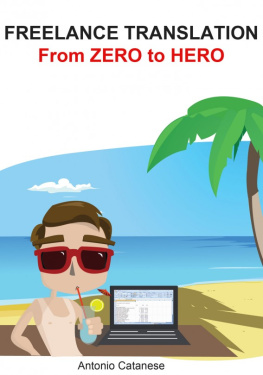
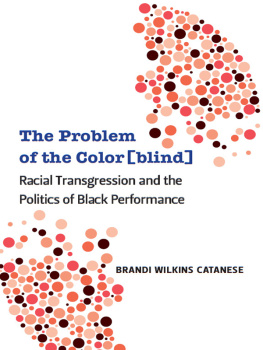
![Korinn MakKej - How to Succeed as a Freelance Translator [calibre 3.46.0]](/uploads/posts/book/876928/thumbs/korinn-makkej-how-to-succeed-as-a-freelance.jpg)
